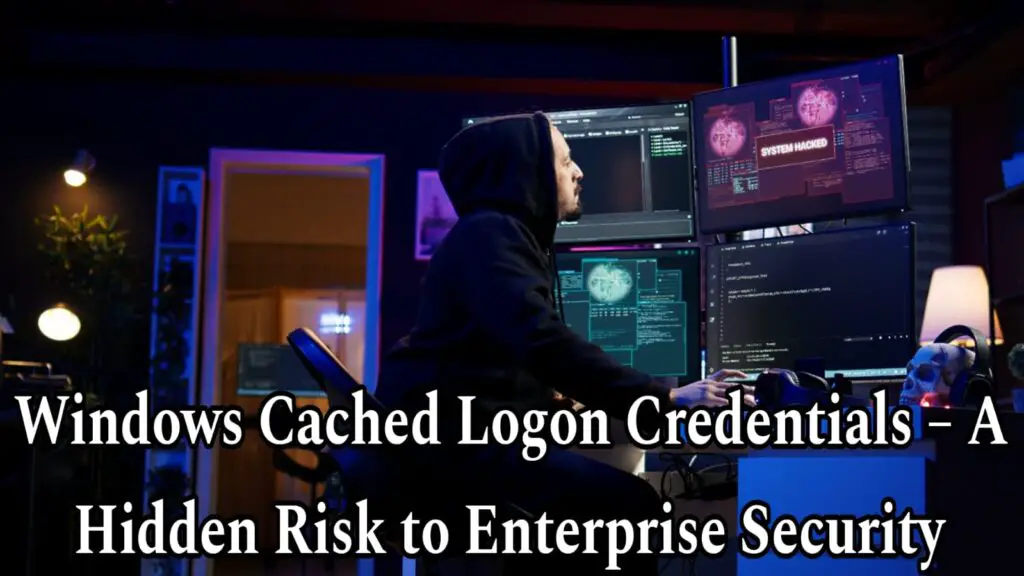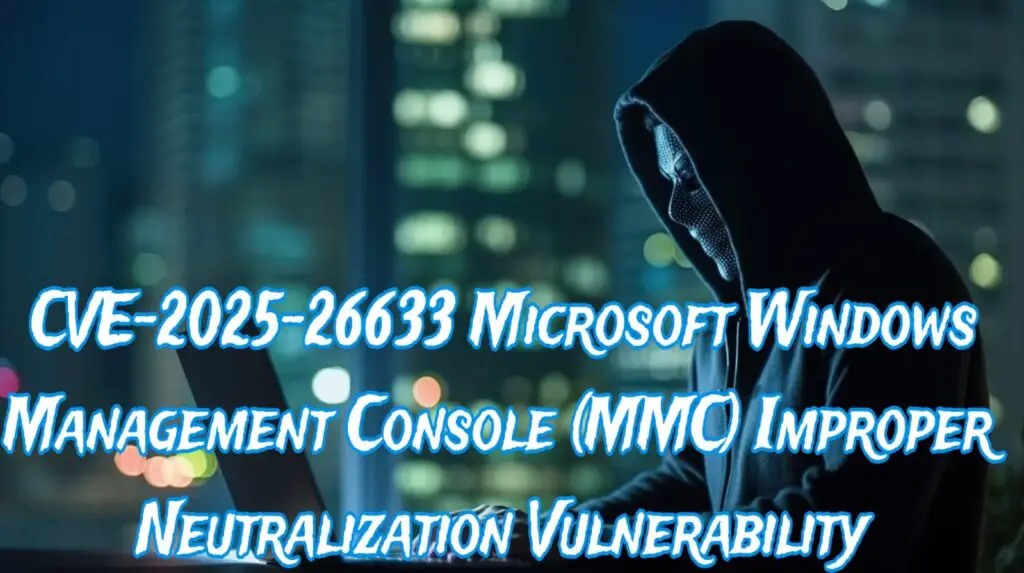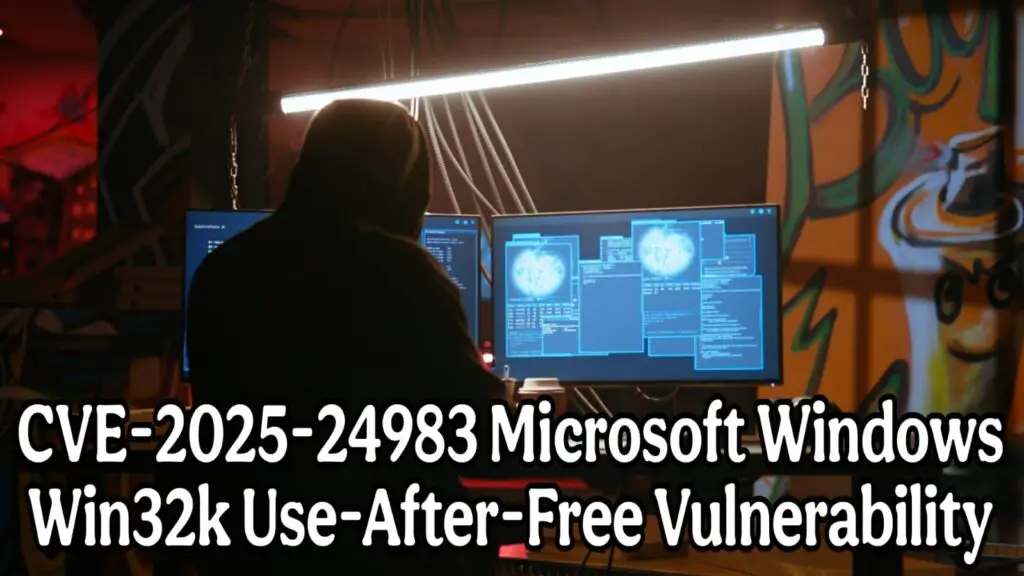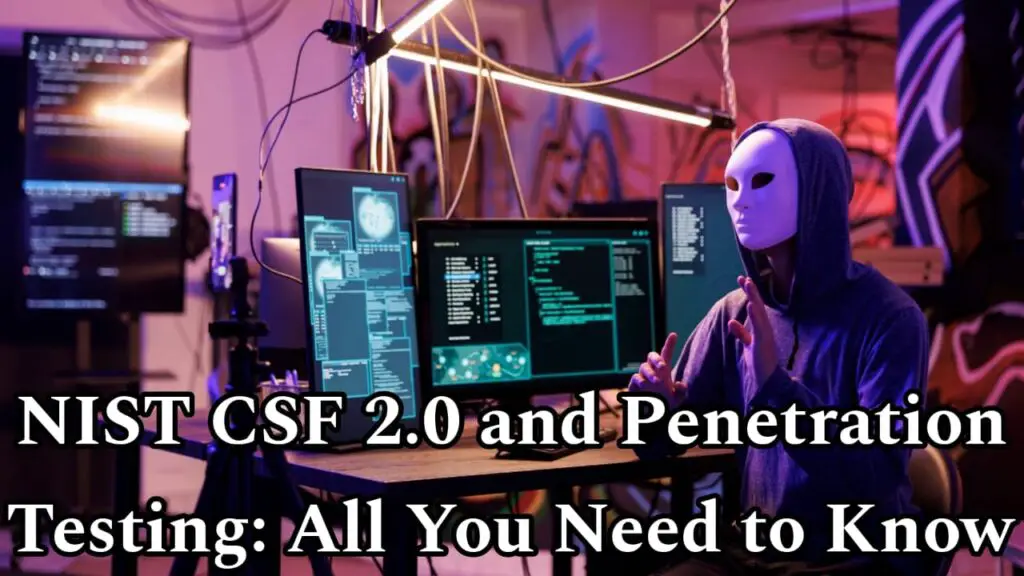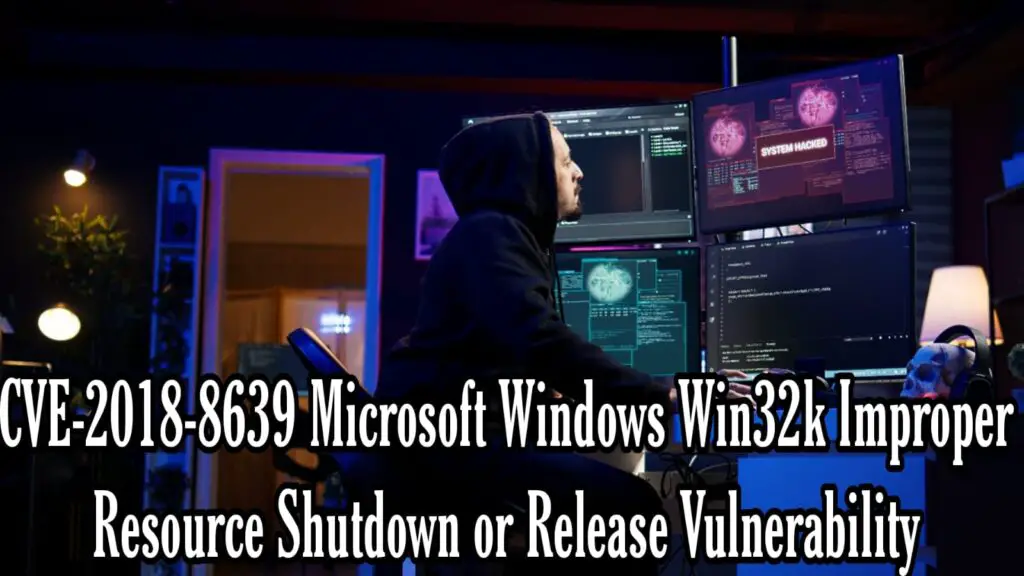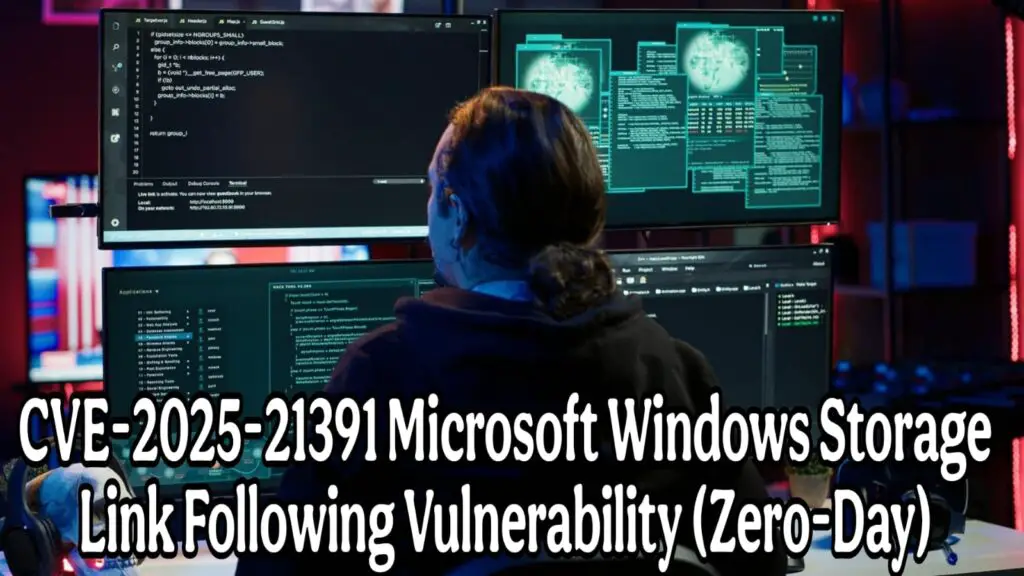[Solved] Curl Exposure of Sensitive Information Vulnerability (CVE-2025-0167)
Curl Exposure of Sensitive Information Vulnerability (CVE-2025-0167) CVE-2025-0167 – Curl .netrc Credential Leak Vulnerability – Full Analysis and Fix 1. Introduction In February 2025, the curl project team disclosed a new vulnerability identified as CVE-2025-0167. Curl is a foundational networking tool used across billions of devices and applications worldwide. This new security issue affects how […]


